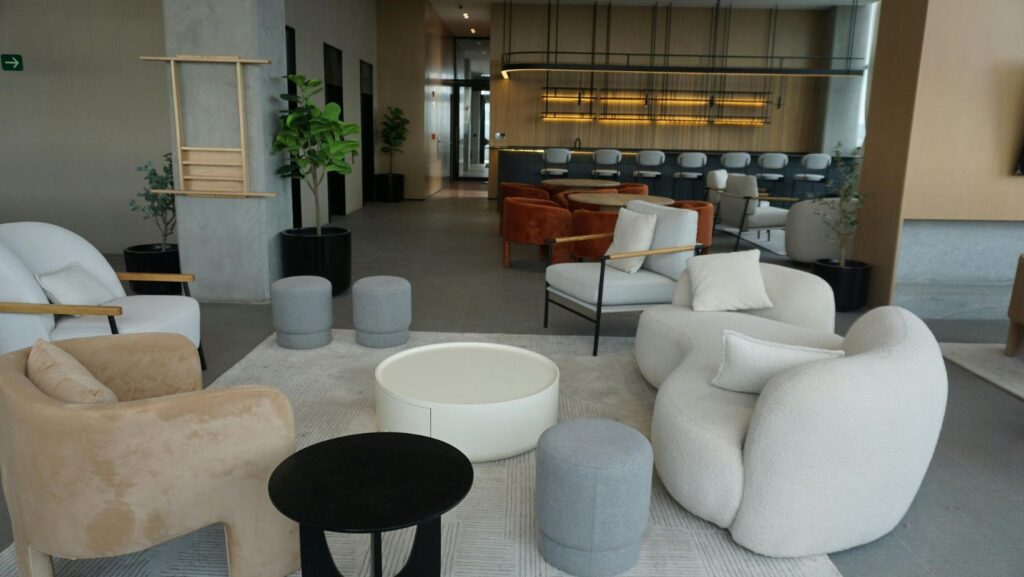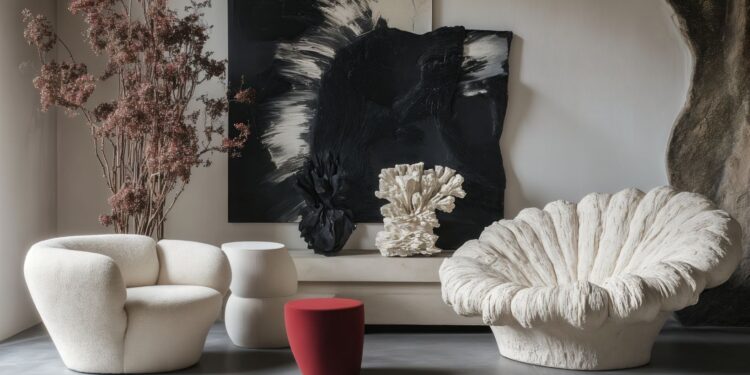There was a time when restaurant and café furniture design followed function first. Comfort, durability, and layout efficiency led the conversation. But in the social media era, aesthetics have stepped into the spotlight. The way commercial furniture looks in a photo now matters as much as how it feels in person. Instagram, TikTok, and Pinterest have become the new design critics, shaping trends faster than any trade show or catalog ever could.
Today’s “viral interiors” are the result of a powerful intersection between visual storytelling and design innovation. Spaces are no longer just designed for guests; they’re designed for lenses. Every curve of a chair, every gleam of a table surface, every pattern of upholstery plays a role in how a space performs online. The restaurant table top has become a stage for plated art, while chairs, bar stools, and booths act as co-stars in a visually orchestrated experience that’s meant to be shared.
This transformation has pushed designers, manufacturers, and restaurateurs to think differently. They are no longer creating for static environments but for dynamic audiences, digital and global. In the age of the viral post, good furniture doesn’t just serve guests; it serves the algorithm.
The Rise of the Photogenic Space
Today, social media thrives on engagement and imagery, and furniture aesthetics are now curated to deliver instant visual appeal. Bright colors, layered textures, and sculptural forms dominate feeds because they stop users mid-scroll. Restaurants that feature distinctive furniture. Like bold velvet chairs or marble-top café tables gain a competitive edge in visibility.
This new dynamic has made design more intentional. Every piece of furniture must not only harmonize with the overall theme but also create focal points for photography. Designers now plan “photo moments” into floor plans, ensuring that guests have natural backdrops for sharing their experiences.
How Trends Emerge and Spread
Before the digital age, design inspiration flowed from high-end showrooms and hospitality expos. Now, trends originate from viral posts. A single influencer dining in a well-styled restaurant can spark global demand for a certain furniture color, texture, or silhouette.
Furniture manufacturers have adapted by shortening their design cycles. Rapid prototyping and digital modeling allow them to react quickly to social media-driven trends. The result is a more agile industry. One where a color or shape seen online can make its way into production within weeks.
Material Appeal in the Visual Era
Social media celebrates surfaces that tell stories through texture and light. Matte finishes, terrazzo, brushed brass, and reclaimed woods have become favorites for how they photograph under natural and artificial lighting. A restaurant table top with visible grain or a reflective edge creates dimension in every photo, elevating the perceived quality of both space and service.

Durability remains crucial, but visual storytelling now influences material choice as much as practicality does. Designers select finishes that look luxurious but are easy to maintain, ensuring that every snapshot maintains the brand’s polished appearance.
The Power of Color Psychology
Color plays an essential role in how furniture aesthetics spread online. Warm tones encourage engagement, while pastels and neutrals photograph cleanly, giving posts a timeless look. Bold accent colors like emerald green chairs or coral bar stools help interiors stand out on crowded feeds.
Restaurants that master color balance create emotional resonance that extends beyond the dining room. The right shade can make a meal feel more indulgent, a space more relaxing, or an experience more memorable, all captured and shared through a single image.
Function Meets Influence
While design for digital attention is important, functionality still drives long-term success. Comfortable seating encourages guests to linger, which increases revenue per table. Sturdy materials ensure that furniture remains camera-ready even after years of use.
This fusion of form and function defines the new generation of furniture aesthetics. Pieces are built not just to last, but to stay relevant to age gracefully in both reality and social media timelines.
Authenticity Over Perfection
Audiences are increasingly drawn to authenticity rather than perfection. Overly polished interiors can feel artificial, while furniture that shows craftsmanship and individuality resonates more deeply. Imperfect wood, handwoven materials, and artisanal details tell stories that guests love to share.
Designers who embrace this shift focus on emotional design spaces that feel lived-in, warm, and human. The trend toward imperfection is redefining what “beautiful” means in a world saturated with digital filters.
Brand Storytelling Through Furniture
Furniture now acts as a brand ambassador. Chairs, booths, and tables can express personality more vividly than a logo or slogan. For instance, minimalist furniture conveys modern efficiency, while richly upholstered pieces evoke comfort and care. These visual cues strengthen brand identity and help venues stand out in social media narratives.
Guests subconsciously interpret these cues and often translate them into loyalty. A visually distinct environment makes the dining experience more memorable and encourages repeat visits, which in turn sustains online visibility.
The Economics of Viral Design
The financial return on visually driven design is undeniable. Restaurants and hotels that invest in furniture aesthetics designed for social engagement often see measurable increases in foot traffic and online mentions. User-generated content functions as unpaid advertising, multiplying reach without additional marketing spend.
Designers and owners now consider social media impact part of their ROI analysis. The right furniture selection can generate thousands of impressions, positive reviews, and digital exposure, making each design decision a marketing investment.
Final Perspective: When Design Becomes Dialogue
The evolution of furniture aesthetics in the age of social media marks a cultural shift. Spaces are now interactive stories, shaped by guests and retold across millions of screens. The boundary between designer and audience is dissolving; each photo, post, or reel continues the narrative beyond the walls of the restaurant.
What once stayed local now lives online. A chair, a table, or a simple corner can become iconic overnight. This new reality challenges designers to think beyond comfort and durability toward resonance, shareability, and emotional connection. In the digital age, the most successful interiors are not just seen, they are experienced, remembered, and shared.























































